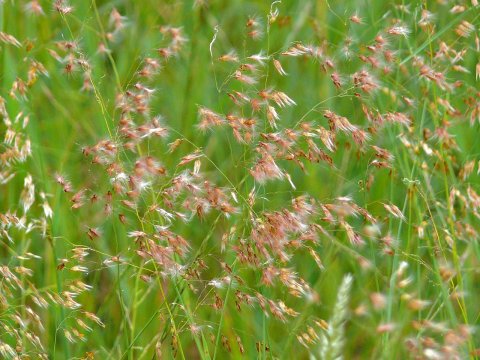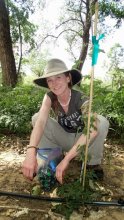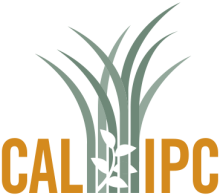Climate Matching Map
| Attachment | Size |
|---|---|
| climatematch-melinis_repens-california-20251102.pdf (1.32 MB) | 1.32 MB |
1. Question 1
2. Question 2
3. Question 3
4. Question 4
5. Question 5
6. Question 6
7. Question 7
8. Question 8
9. Question 9
10. Question 10
11. Question 11
12. Question 12
13. Question 13
14. Question 14
15. Question 15
16. Question 16
17. Question 17
18. Question 18
19. Question 19
20. Question 20
Evaluation Notes
In California is an annual or short-lived perennial (Jepson).
Jutta Burger revised the original evaluation that was conducted in 2016 by Kristina Wolf.
Web resources accessed for 2021/2022 revision:
GBif: https://www.gbif.org/species/2702504 Accessed 2/9/2022
CABI: https://www.cabi.org/isc/datasheet/116730 Accessed 2/10/2022
https://www.fs.fed.us/database/feis/management_project_summaries/CFILN11... Accessed 2/10/2022
Added new Climate Match map and link and cleaned up some references for new website. J. Burger 11/2/2025
The following websites were referenced or searched for the original 2016 screen:
http://www.tropicos.org/Name/25518941
https://npgsweb.ars-grin.gov/gringlobal/taxonomydetail.aspx?409666
http://www.desertmuseum.org/invaders/invaders_natalgrass.php startChar=N&queryParam=comname&sort=comname&format=Print
http://www.calflora.org/cgi-bin/species_query.cgi?where-calrecnum=12147 http://www.sfgate.com/homeandgarden/article/Lawn-begone-3201642.php http://herbaria4.herb.berkeley.edu/eflora_display.php?tid=91775 http://www.zimbabweflora.co.zw/speciesdata/species.php?species_id=107420 http://www.herbarium.usu.edu/webmanual/info.asp?name=Melinis_repens&type... http://www.kew.org/data/grasses-db/www/imp06222.htm https://www.researchgate.net/publication/232680081_Seed_Biology_and_Ecol... https://florabase.dpaw.wa.gov.au/browse/profile/14985 http://esameetings.allenpress.com/2007/P6105.HTM https://eco.confex.com/eco/2008/techprogram/P12040.HTM http://www.feedipedia.org/node/389 http://www.bioone.org/doi/abs/10.1614/WS-D-11-00028.1 http://davesgarden.com/guides/pf/go/59604/#b http://www.plantbook.org/plantdata/weeds/w_melinis_repens.html http://www.hear.org/pier/wra/pacific/melinis_nerviglumis_htmlwra.htm http://www.hear.org/pier/wra/pacific/melinis_minutiflora_htmlwra.htm https://www.daf.qld.gov.au/__data/assets/pdf_file/0008/64637/IPA-Assessm... http://ntbg.org/herbarium/detail.php?tempid=28131 https://www.anbg.gov.au/photo/apii/id/dig/19652 http://www.eol.org/pages/1115846/details http://www.efloras.org/florataxon.aspx?flora_id=1050&taxon_id=200026134 http://ufdc.ufl.edu/UFE0042608/00001 http://digitalcommons.fiu.edu/cgi/viewcontent.cgi?article=1800&context=e...







